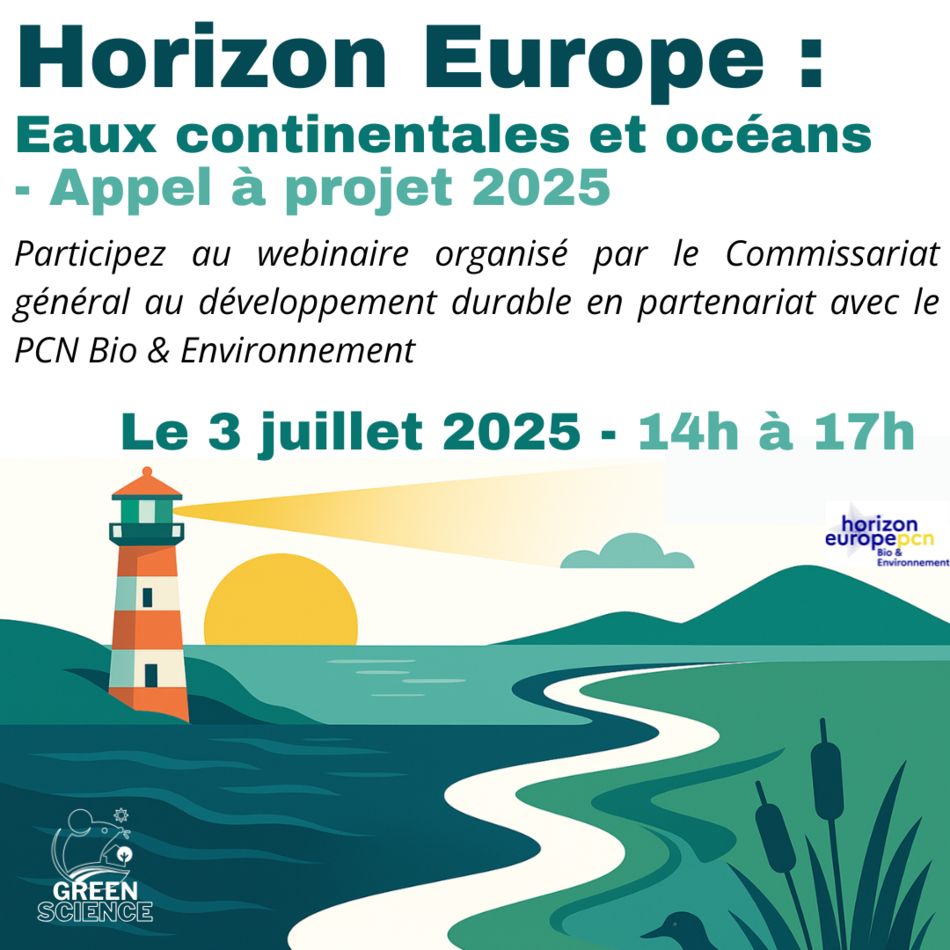Expected Outcome:
Project results are expected to contribute to all the following outcomes:
a. Condition and Health Monitoring:
- Capability to anticipate failures of Power Electronics (PE) in wind farms and converters of the DC grid to prevent downtime.
- Techniques to set the equipment in limp mode to enable to withstand the stress until next maintenance.
- Demonstration of Condition and Health Monitoring (C&HM) for converters of wind turbines generators and HVDC converter stations or MVDC converters (solar energy).
b. Wide Band Gap and Ultra-Wide Bandgap PE:
- Development of new semiconductor power device technologies, in particular Wide Bandgap (WBG) and ultra-wide Bandgap (UWBG) semiconductors
- Availability of more efficient Power Electronics components for the development of new generation of inverters, converters and other power equipment in the energy sector.
- Reduced space occupancy aiming mainly at offshore applications.
- Improved cost efficiency of power devices and semiconductor fabrication processes.
Scope:
Projects are expected to implement both the activities in (1) and the practical demonstration (2) as described below:
1. R&I, methodologies and tools involving the activities listed below. These can be developed/complemented with others pertinent to each sub-topic.
A. Condition and Health Monitoring (C&HM):
- Estimation of junction temperature Tj based on TSEPs (thermo-sensitive electrical parameters). Here especially big challenge present SiC MOSFETS and Schottky diodes because the TSEPs sensitivity is lower, non-linear and depends on the built technology. Further issues are calibration, circuit drift, influence of PWM and other.
- Development of new and evaluation/further development of already existing unconventional techniques to measure temperature and estimate degradation (such as for example, but not limited to, Kelvin connection or acoustic based methods).
- Development and evaluation of new or already existing techniques for generating the lifetime models based on big-data analysis and by utilisation of soft computing techniques.
- Combination of (big) data-driven and physics-of-failure driven approaches in C&HM.
B. Stress Steering:
- Successful business case realisation requires co-operation and communication between different partners:
- Manufacturers of power electronics components (for example to integrate sometimes-necessary sensors).
- System designer (to provide access to the data such as measured load cycles and general mission profiles).
- Companies responsible for operation and maintenance of the systems. Currently those companies are especially for offshore wind parks developing their own C&HM systems, which are operating, based on sometimes-scarce available data.
- Optimisation is possible when already initial products would be designed to obtain data/measurements needed in C&HM. For power electronics modules, the most valuable data seems to be Tj (junction temperature):
- Careful estimation of the costs of maintenance for specified applications (it seems they are currently underestimated).
- Investigation of different costs models (e.g., the final costs for C&HM can be absorbed by the producers especially when it is also responsible for maintenance, or it can be transferred to the final user whenever the final user can provide safer and more reliable service).
C. Wide Band Gap and Ultra-Wide Bandgap PE:
Improvement of WBG and UWBG semiconductors for integration in HVDC and MVDC components. Work should focus on improving wide bandgap semiconductor devices, packaging and their integration in converter submodules:
- Improved WBG and UWBG power devices with better performance metrics, e.g., lower conduction losses, higher blocking voltage, better surge current capability, higher switching frequencies and better short-circuit capability.
- Advanced control circuits for WBG and UWBG based bridges.
- Improved packages featuring high-voltage insulation, high temperature operation, robustness, and low eddy currents.
- New submodule topologies for HVDC converters and/or new converter topologies for MVDC converters with WBG and UWBG semiconductors and better performance metrics, e.g., reduced losses, higher reliability, lower volume / weight, less costs.
- Implementing WBG and UWBG semiconductor devices for DC protection devices, e.g., DC breakers.
- Improved cost efficiency of components based on WBG semiconductors.
2. Demonstration, test and validation of the activities developed in (1) (A, B and C) in at least two pilots (all activities A, B and C developed for each pilot) in different EU Member States/Associated Countries.





